How Is Jianzhan Made? The Firing Process of Jianzhan
If you haven’t seen it with your own eyes, it’s hard to believe that among China’s traditionally elegant porcelain cups, there exists something so extraordinary: “One color into the kiln, thousands out of the kiln, their quality entirely dependent on fate.”
This is Jianzhan, one of the eight great porcelains of the Song Dynasty, favored by Emperor Huizong of the Song Dynasty and even mentioned in his book, The Treatise on Tea.

As the Song Dynasty elevated tea culture to its peak, they also pushed the beauty of porcelain cups to new heights, with Jianzhan being the representative piece.
Unlike porcelain cups that can achieve perfection with skilled craftsmanship alone, Jianzhan emerges from the kiln in a myriad of colors, all from a single glaze—its brilliance truly unique.
Its thick body helps retain heat, making it ideal for enjoying tea or engaging in tea competitions.
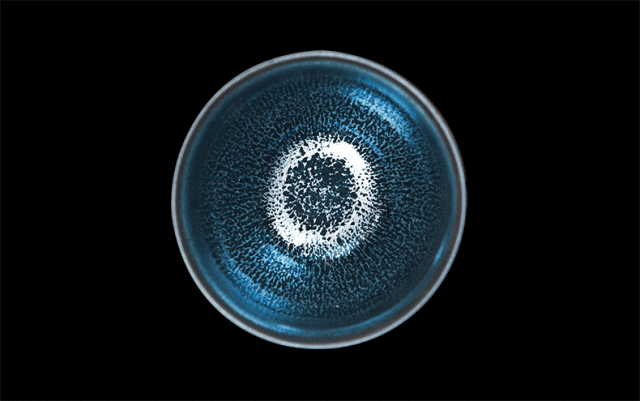
Emperor Huizong once praised Jianzhan in his poem Palace Verses: “The liquid brewed in the Hare’s Fur cup can relieve the intoxication of beauty.” “Hare’s Fur” refers to one type of Jianzhan.
Unfortunately, as tea-drinking habits changed, Jianzhan production ceased for hundreds of years, making it exceedingly rare.
However, it was unexpectedly taken to Japan, where it immediately became a national treasure, passed down through generations, and is now considered priceless—more so than in its homeland.
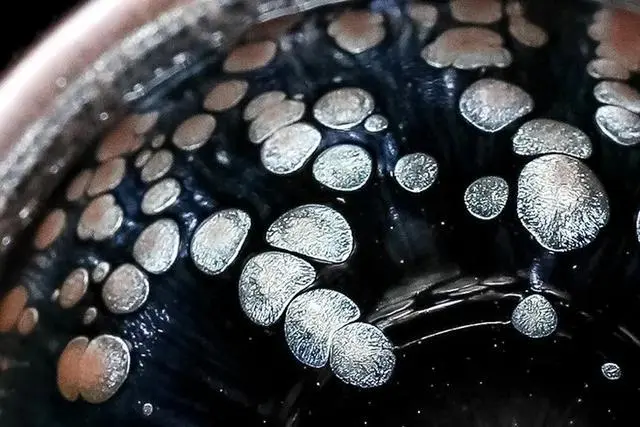
Production of Jianzhan was lost for many years, and it wasn’t until the 1980s that the process was revived. Even today, skilled artisans who can produce it are few, and the prices continue to rise.
Jianzhan comes in various types, including Hare’s Fur, Oil Spot, and Yohen. For most, seeing even a single type of Jianzhan is difficult, let alone witnessing one with all its multicolored beauty.
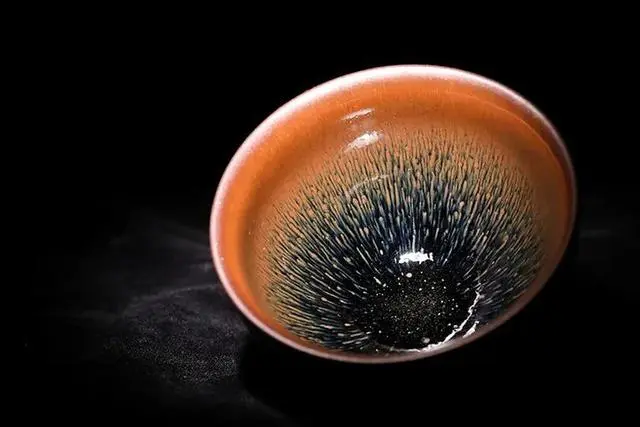
We hope more people will learn about Jianzhan and revive its culture—it’s an irreplaceable part of Chinese heritage.
In 2011, the firing process of Jianzhan was designated as a “National Intangible Cultural Heritage” of China.
But producing Jianzhan is no easy task. As the saying goes, “one firing succeeds, another fails.” From raw materials to the finished product, there are dozens of steps, and a single mistake can ruin the entire kiln. This places extremely high demands on the craftsmen.
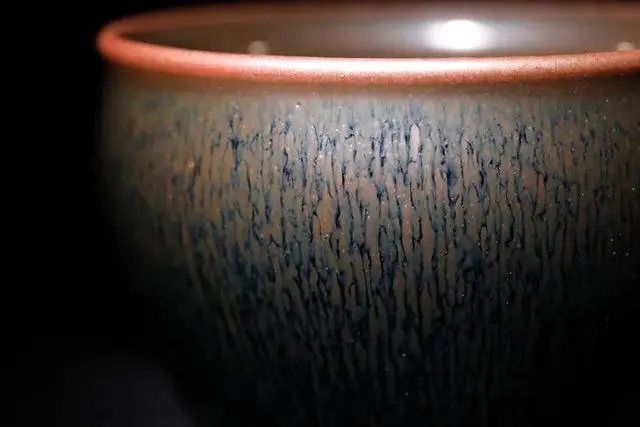
The Firing Process of Jianzhan
There’s always hard work behind any beauty that’s admired, and the same is true for Jianzhan. It is fired in a kiln at a high temperature of 1300°C, and the ingredients in the clay must react to form the unique iron-crystal glaze, which imposes strict requirements on the iron content, refractoriness, and plasticity of the clay.
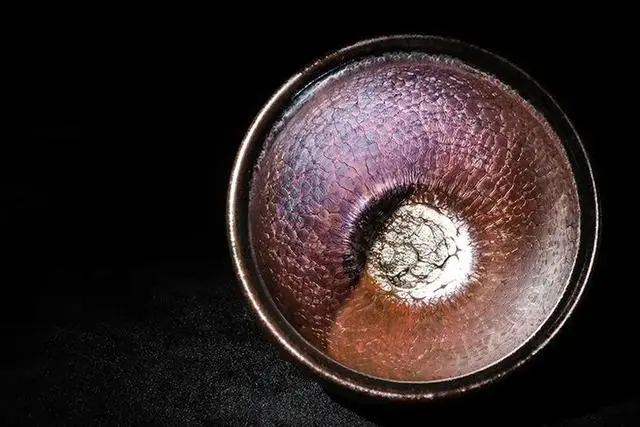
The traditional handcrafting of Jianzhan involves around 13 steps:
- Selecting the Clay
Without iron-rich clay, it’s not Jianzhan. Craftsmen personally select and transport yellow clay from the original mines in Jianyang.
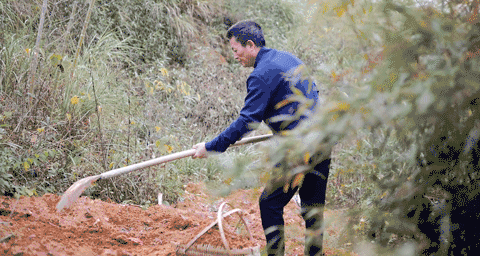
- Why choose Jianyang yellow clay?
Because it has a high iron content, which, when fired, creates the “iron body” that retains heat, and when tapped, it produces a metallic sound. - Using this local clay ensures that Jianzhan maintains its distinct appearance and kiln characteristics. However, the clay must not be too finely filtered, or it will lose the rustic beauty of the exposed clay in imitation Oil Spot Jianzhan.
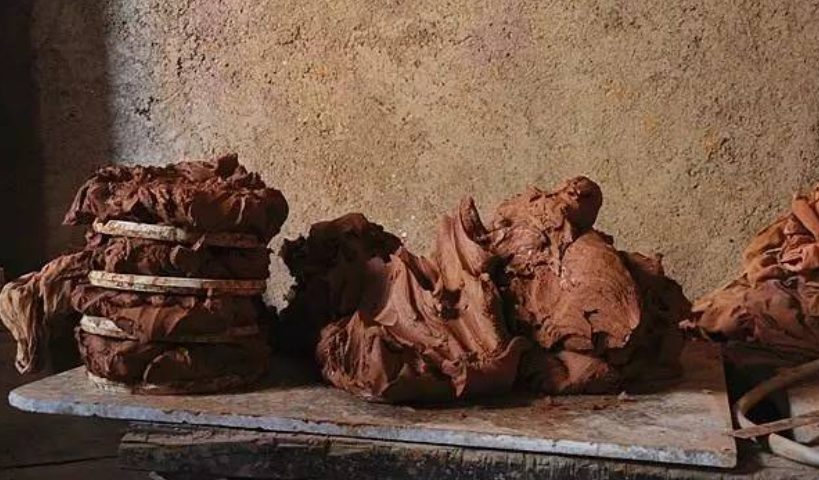
Breaking the Clay
The clay is proportionally mixed, and the mixture is crushed using a machine or water-powered pestle.
The exact proportions vary slightly depending on the artisan’s experience, and the color and texture of Jianzhan depend on the clay mix. Thus, variations in color are normal.
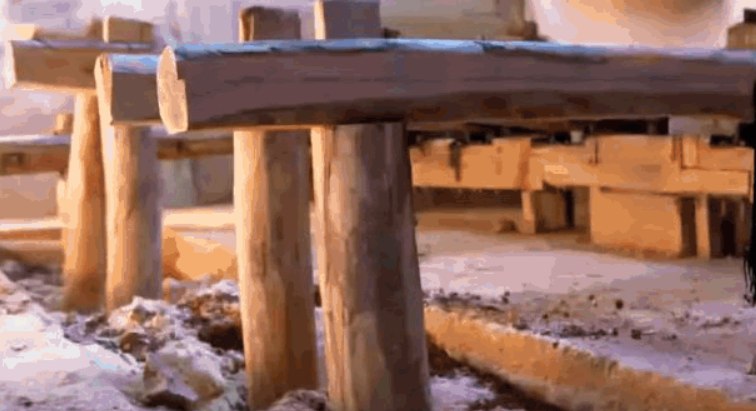
Washing and Filtering
The clay and glaze are sifted to the right consistency, then placed into their respective pools for further refinement.
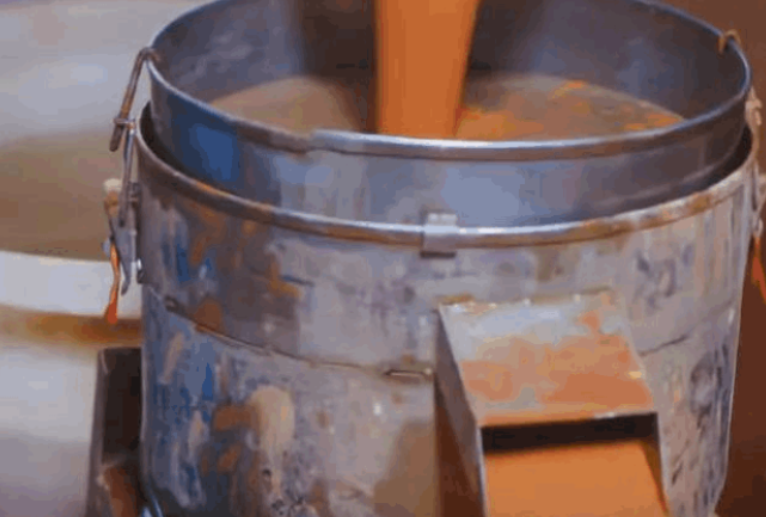
Glaze Preparation
The glaze is made from the same natural iron-rich glaze stone used during the Song Dynasty, mixed with local red clay and wood ash. The glaze is milled into a slurry and filtered.
Even with natural materials, the chemical composition of the clay and glaze stones can vary depending on where and how deep they’re mined.
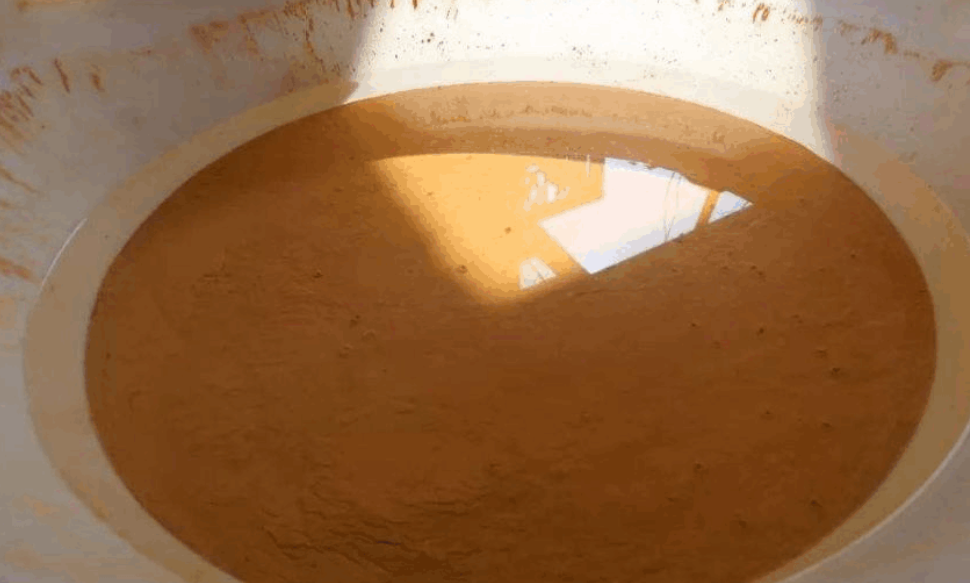
Aging the Clay
The filtered clay is stored in a dark, enclosed space at a stable temperature and humidity. The longer the clay is aged, the better, as it improves strength and plasticity, reducing deformation during production.
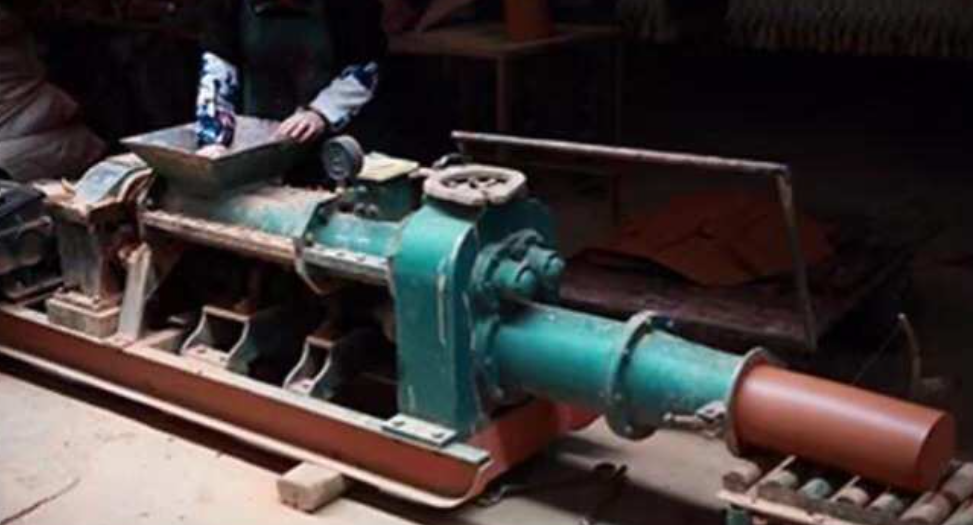
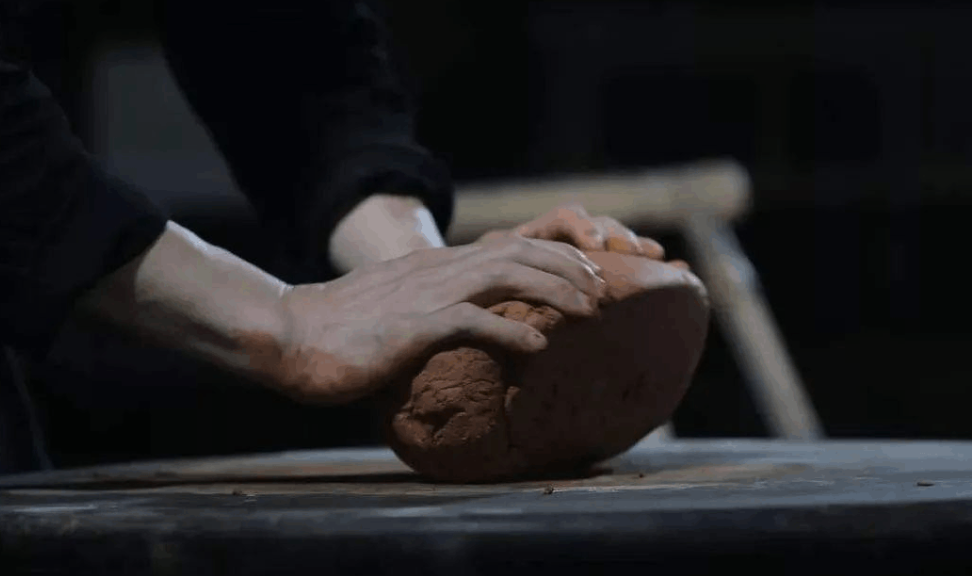
Kneading the Clay
The aged clay is repeatedly kneaded to increase its plasticity and remove air bubbles and impurities.
The kneaded clay must be dense and uniformly moist, which helps prevent drying and cracking during shaping.
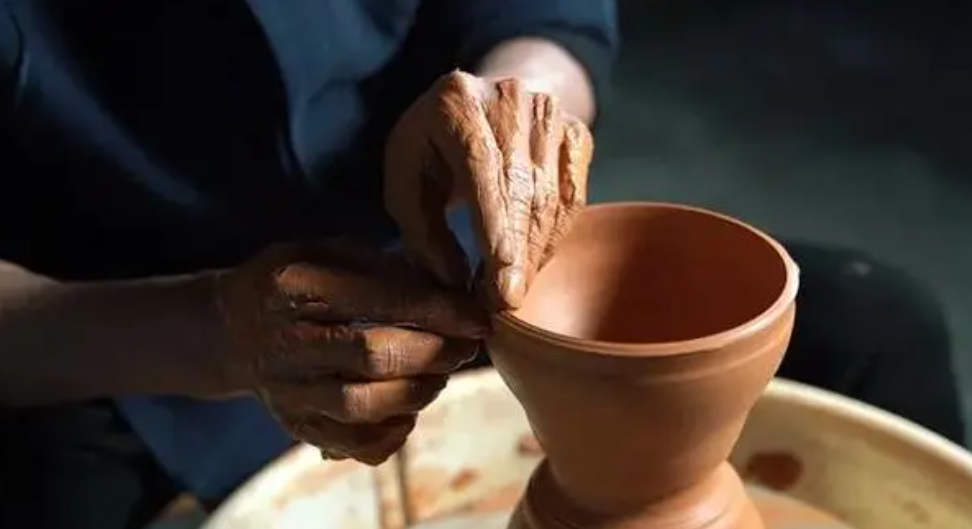
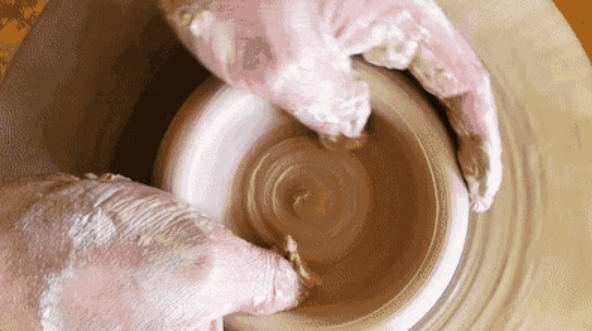
Shaping and Trimming
The clay is placed on a spinning wheel, where the craftsman shapes the basic form of the cup. This step requires great skill and determines the final shape of the Jianzhan.
The shaped piece is then trimmed to smooth the surface and create an evenly thick body. The skillful hand of the craftsman ensures a seamless result.
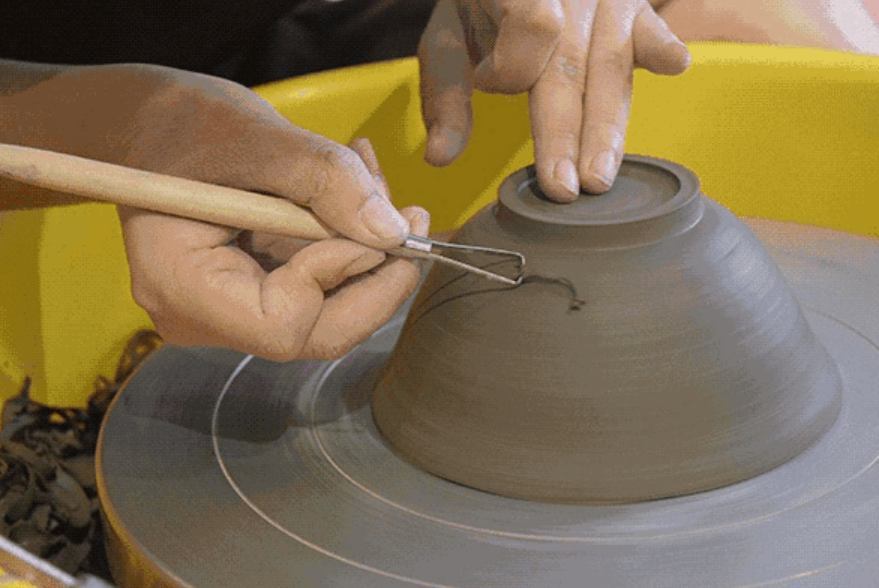
Biscuit Firing
This is a modern addition to the traditional process. The unglazed piece is pre-fired at 800°C to strengthen the body and eliminate any fragile or defective pieces.
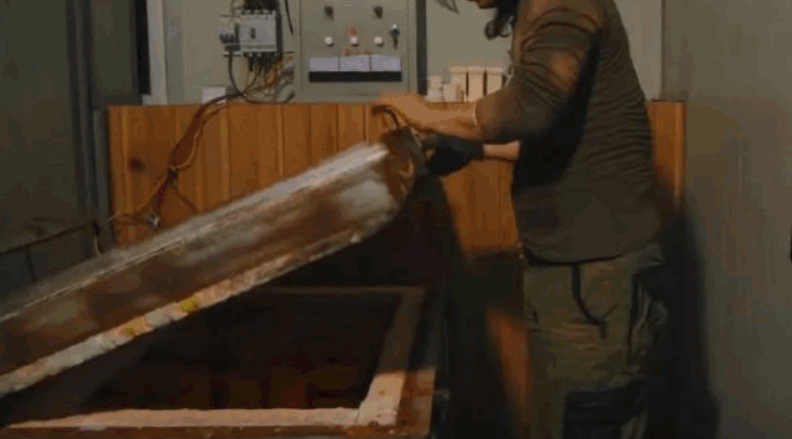
Glaze Application
The glaze, made from natural iron-rich materials mixed with wood ash, is applied with precision. The glaze must be of the right thickness—too thin, and the crystal pattern won’t form; too thick, and the glaze may stick to the kiln.
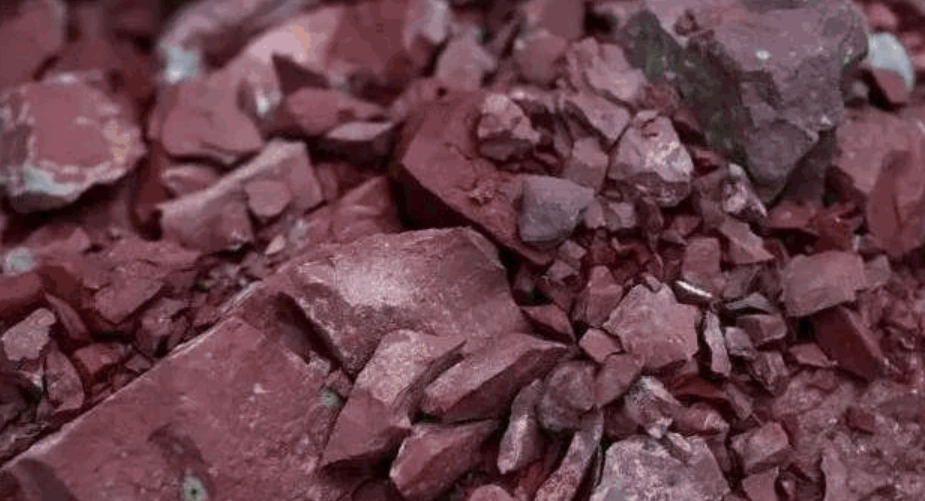
Loading the Kiln
The glazed pieces are carefully loaded into the kiln. In electric kilns, alumina powder is used to prevent sticking, while in dragon kilns, clay saggars are used.

Firing the Kiln
The firing process is critical. A difference of just 1°C can result in drastically different outcomes. The firing temperature and the number of times pine wood is added to the kiln are all controlled based on experience.
Some modern artisans use electric kilns with temperature controls, improving efficiency and product quality.
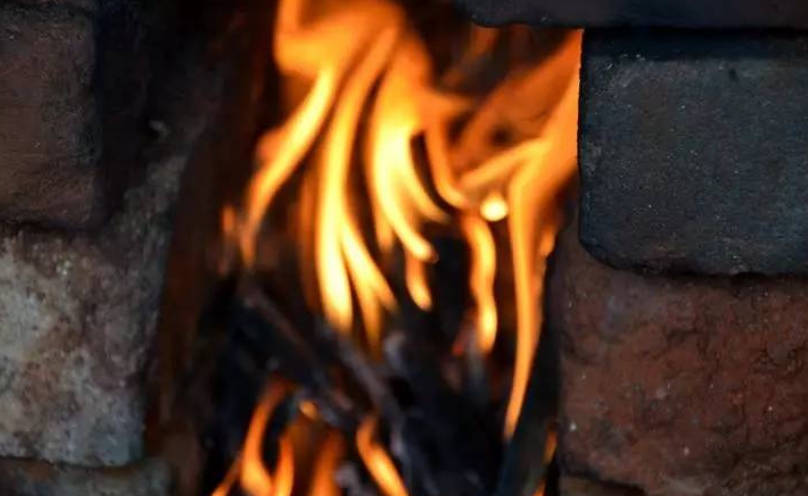
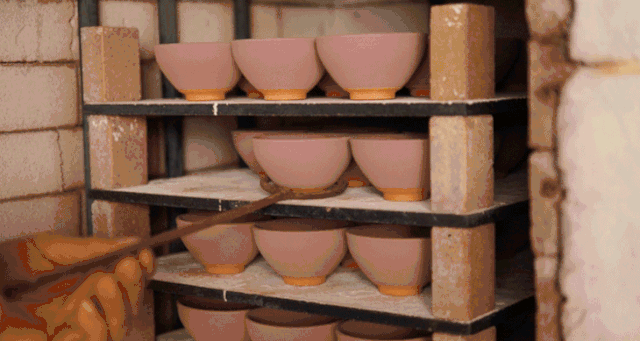
Cooling
After reaching about 1320°C, the kiln is stopped. If the temperature is too low, the oil spots will be small; too high, and the oil spots will fuse or cause deformation.
The cooling process is also critical, affecting the formation of the glaze patterns. Modern kilns use a controlled cooling process for the best results.
Unloading the Kiln
Once the kiln cools to below 100°C, the finished Jianzhan pieces are removed. Due to the unpredictable nature of the process, there will always be defective pieces, which are discarded, leaving only the best for quality inspection.
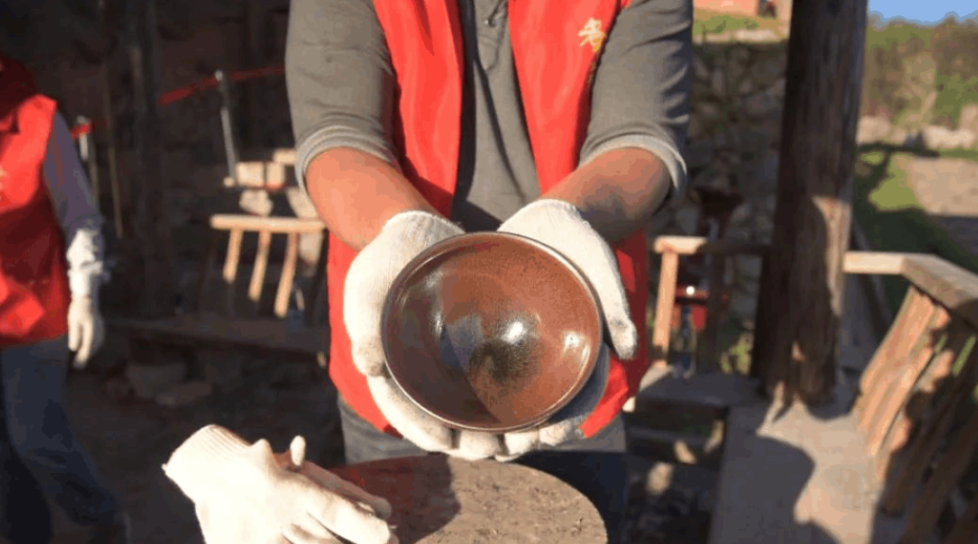
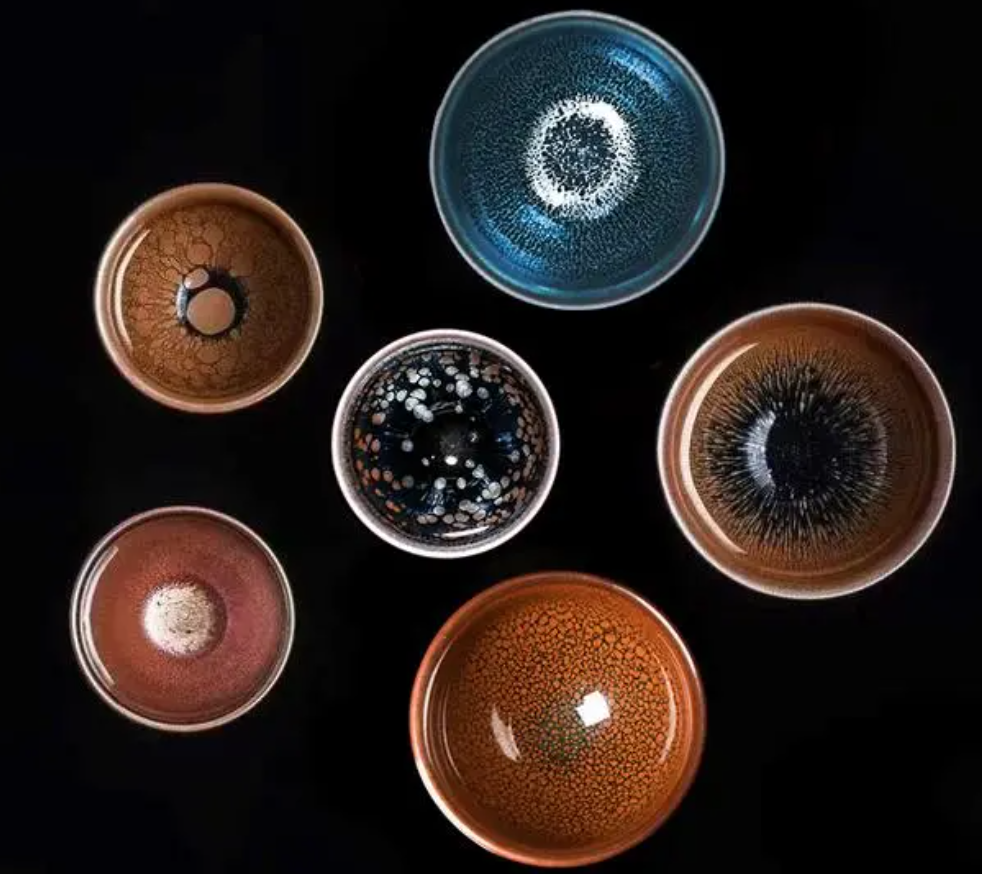
Just like the transformation in the kiln, life is full of uncertainties. Each Jianzhan is unique, and its value is ultimately recognized by those who appreciate it—time will prove its worth.
